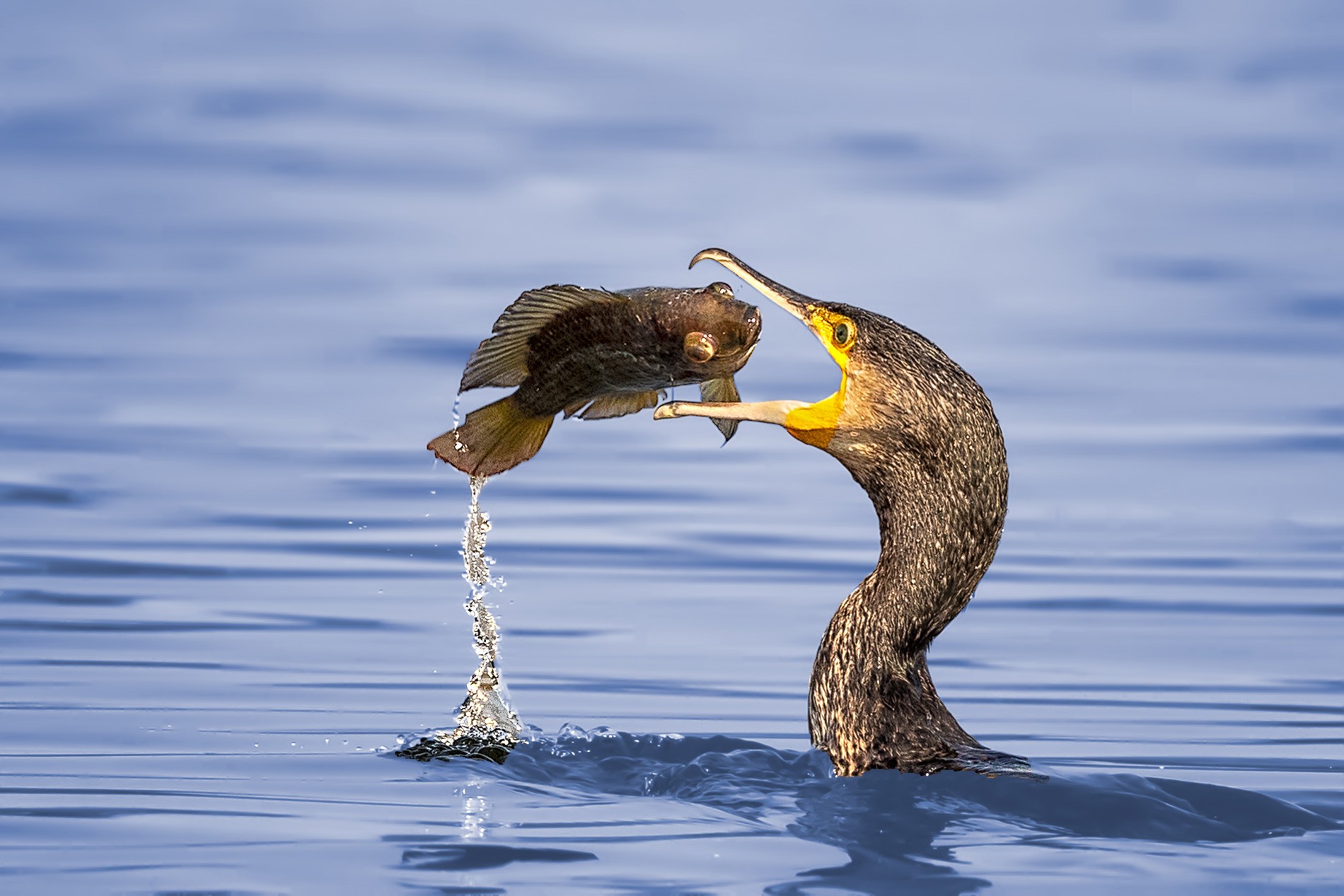Abu Dhabi’s efforts
The farsh is an over-exploited species in the UAE. In recognition of this, EAD with its partner the UAE Ministry of Climate Change and Environment, has implemented management measures to enable the species to return to sustainable levels. These include the gargoor ban, a ban on fishing during spawning season and a minimum size for catch.



